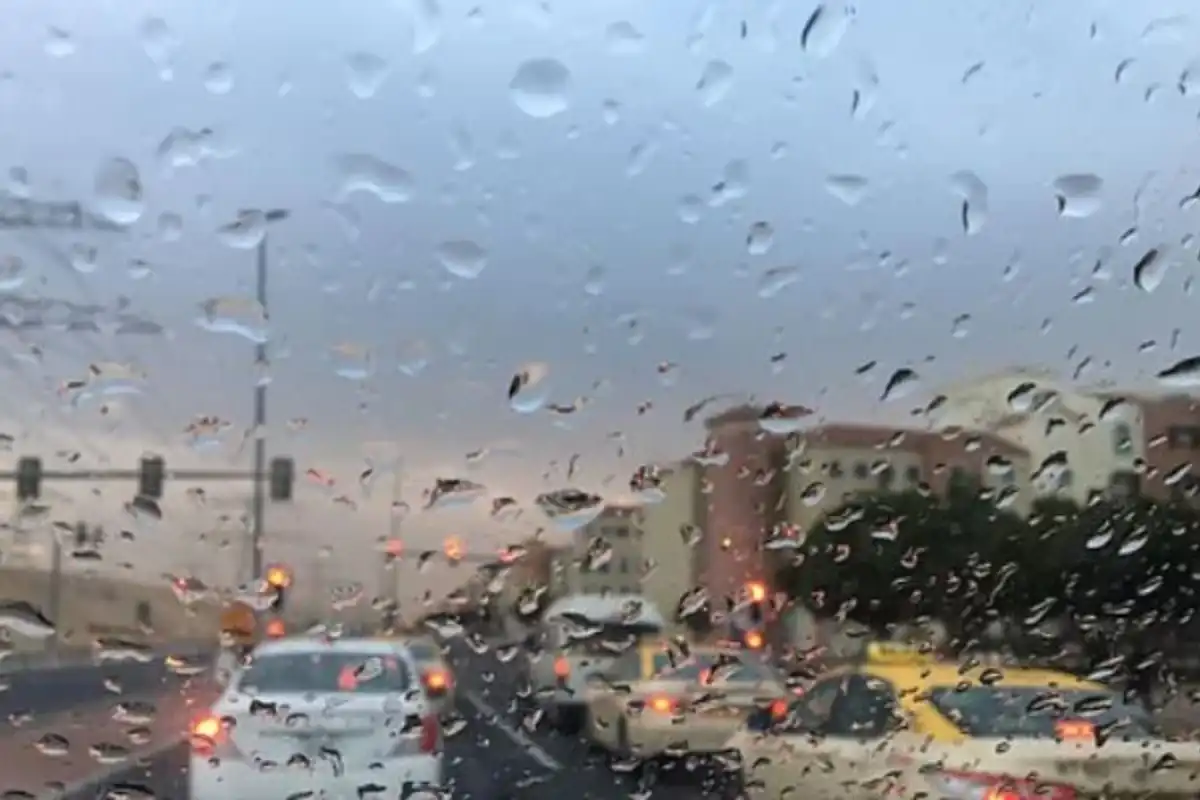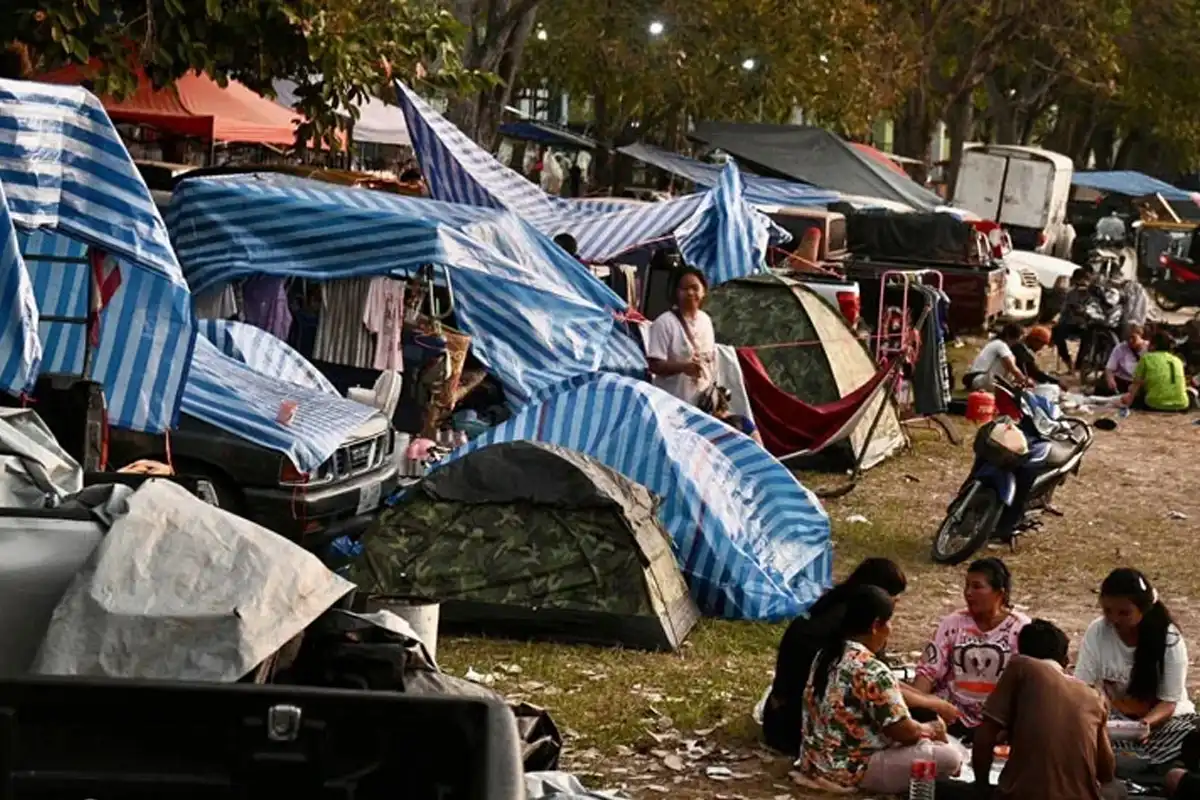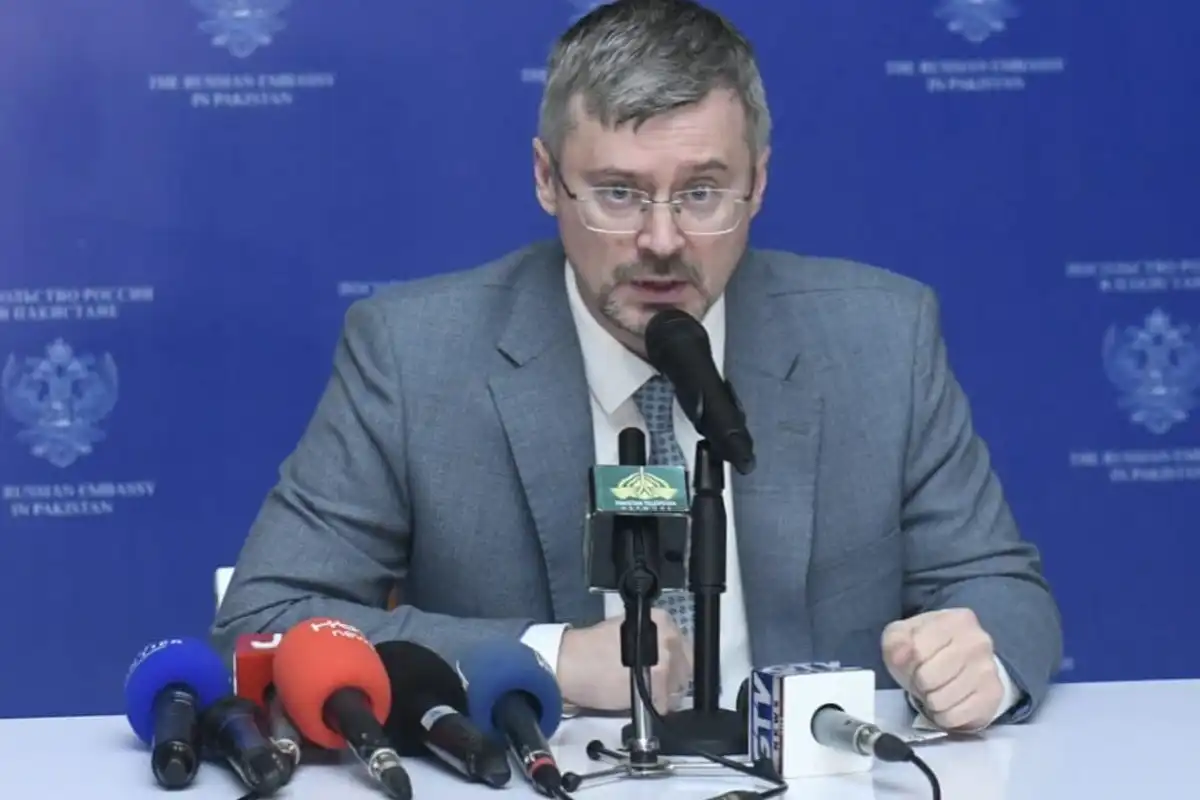Is Tsunami Coming? Russia’s Huge Quake Sends Shockwaves Across the Pacific

Is Tsunami Coming? Russia's Huge Quake Sends Shockwaves Across the Pacific
A powerful 8.8 magnitude earthquake struck off Russia’s Kamchatka Peninsula early Wednesday, prompting tsunami warnings and advisories across the Pacific — including Alaska, Hawaii, and the U.S. West Coast.
What Happened?
The U.S. Geological Survey reported the earthquake struck offshore near Kamchatka. Dave Snider, Tsunami Warning Coordinator in Alaska, described it as “absolutely notable” and “a significant earth event.”
What is a Tsunami?
Tsunamis are waves usually caused by underwater earthquakes, volcanoes, or landslides. The seafloor movement displaces large volumes of water, forming fast-moving waves.
“Tsunamis cross the ocean at hundreds of miles an hour — as fast as a jet airplane — in deep water,” Snider explained. “But when they get close to the shore, they slow down and start to pile up.”
They often arrive in multiple waves, not just one, and can appear as a rapid, rising tide.
Tsunami Alert System in the U.S.
- In Hawaii, alerts go out via cellphones, sirens, TV, and radio.
- In Alaska, sirens, weather radio, and social media are used, and some local officials warn people door to door.
Earlier this month, after a quake off Alaska, local officials in King Cove and Unalaska urged people to seek higher ground.
What to Do in a Tsunami Alert
If a tsunami warning is issued, move to higher ground immediately.
- In Hawaii, people are advised to check tsunami maps and evacuate if needed.
- Stay 100 feet away from rivers, marinas, and other ocean-connected waterways.
“Take your go bag and evacuate outside the tsunami zone or evacuate vertically to at least the fourth floor of any building at least 10 stories tall.”
Tsunami Alerts Explained:
- Warning: Tsunami likely, evacuate now.
- Advisory: Dangerous waves/currents possible, avoid water.
- Watch: Be prepared for a possible tsunami.
How Fast Do Tsunamis Arrive?
Arrival depends on distance from the quake’s epicenter. Close areas may feel waves within minutes, while distant areas could wait hours.
Wave speed is faster in deep ocean, slower near shore.
Tsunami Impacts Observed So Far
- In Alaska, waves under 1 foot hit Amchitka and Adak.
- In Japan, waves reached Hokkaido, Ibaraki, Chiba, and Ishinomaki port (1.6 feet).
- Hawaii issued tsunami warnings, with waves expected after 7 p.m.
- On the U.S. West Coast, warnings were active from Canada to Mexico.
In Crescent City, California, waves up to 5.7 feet were expected. Sirens were activated.
In Oregon, waves between 1–3 feet were forecast starting around 11:40 p.m. Residents were told to stay away from beaches and harbors.
“This is not a major tsunami, but dangerous currents and strong waves may pose a risk to those near the water,” Oregon officials said.
Mexico also expected waves between 1–3.3 feet.
Catch all the World News, Breaking News Event and Trending News Updates on GTV News
Join Our Whatsapp Channel GTV Whatsapp Official Channel to get the Daily News Update & Follow us on Google News.














